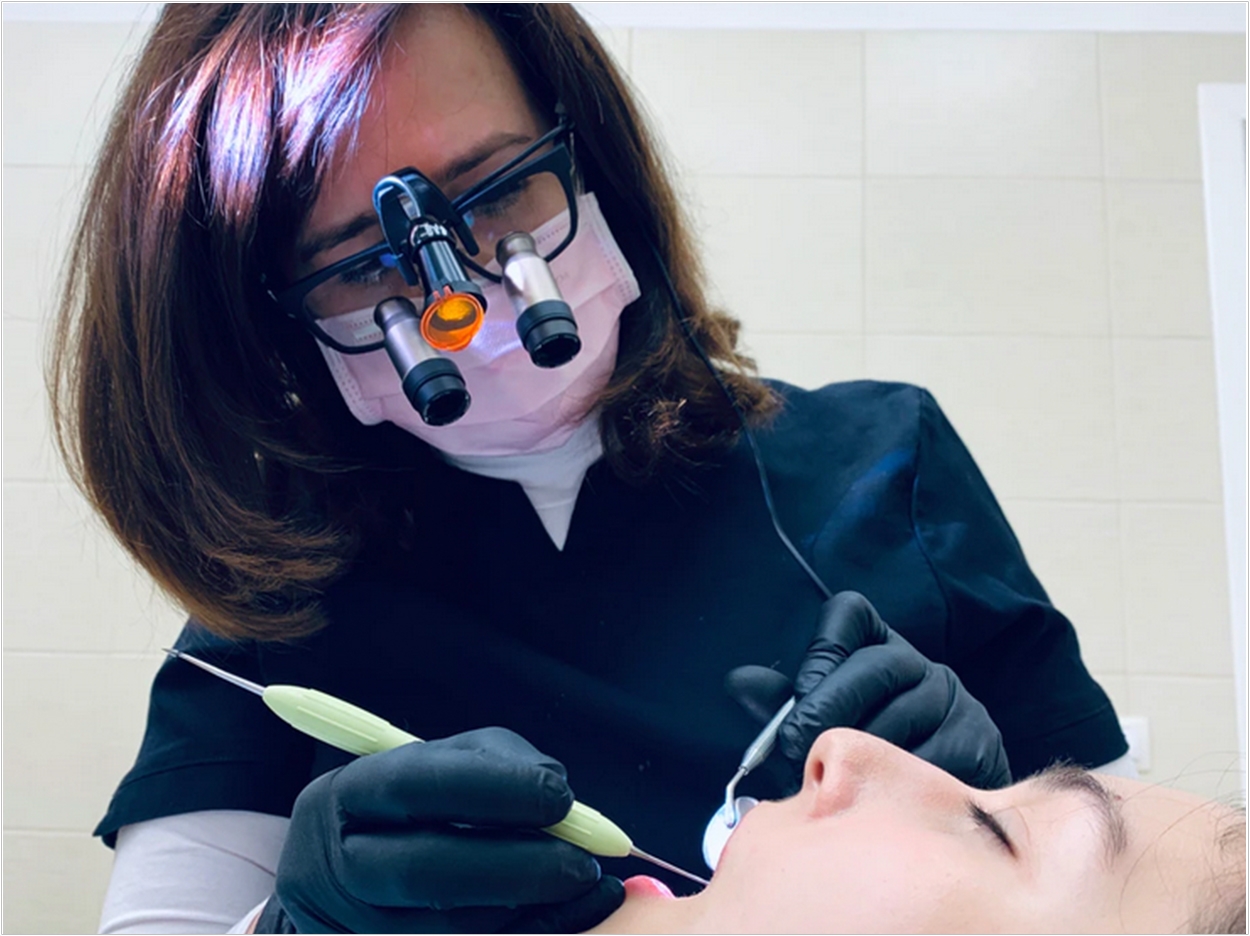
The Society for Healthcare Epidemiology of America (SHEA), the Infectious Diseases Society of America, and the Pediatric Infectious Diseases Society have released the infection prevention and control section of a three-part guideline for healthcare personnel treating suspected or confirmed COVID-19 patients.
“There is still much to learn about this virus, but these recommendations give hospitals an evidence-based reference. This guideline can assist in creating policies to prevent the transmission of COVID-19 and to help keep healthcare personnel and patients safe,” said Judith Guzman-Cottrill, DO, the SHEA representative on the author panel.
The collaborators developed the guideline under a rapid process to complete it in a matter of weeks to respond quickly to the pandemic, where guideline development generally takes well over a year.
The guideline was developed by a committee of frontline clinicians, healthcare epidemiologists, and other infectious disease specialists with expertise in infection control. The writing panel applied the Grading of Recommendations Assessment, Development, and Evaluation (GRADE) approach to assess the certainty of evidence and make eight recommendations, including four recommendations specific to procedures that generate aerosols:
- Masks: Healthcare personnel caring for patients with suspected or known COVID-19 should use either a surgical mask or N95 (or N99 or PAPR) respirator as part of appropriate personal protective equipment (PPE). This is a strong recommendation with moderate certainty of evidence.
- Masks in shortage scenarios: In contingency or crisis settings with a shortage of respirators, healthcare personnel caring for patients with suspected or known COVID-19 should use a surgical mask or reprocessed respirator instead of no mask as part of appropriate PPE.
- Gloves: Citing a lack of evidence, the panel did not make a recommendation to support the use of double gloves versus single gloves.
- Shoe covers: Citing a lack of evidence, the panel did not make a recommendation to support the use of shoe covers.
- N95 masks: Healthcare personnel involved with aerosol-generating procedures on suspected or known COVID-19 patients should use an N95 (or N99 or PAPR) respirator instead of a surgical mask as part of appropriate PPE.
- Reprocessed N95 masks: If respirators are in shortage, reprocessed N95 respirators should be reused instead of surgical masks as part of appropriate PPE during aerosol-generating procedures on suspected or known COVID-19 patients.
- Extended use of N95s through face shields and surgical masks: If due to shortages reprocessed respirators are being used for aerosol-generating procedures, the panel recommends healthcare personnel use a face shield or surgical mask over the reused respirator to aid extended use instead of using a surgical mask alone. This recommendation assumes correct PPE donning and doffing techniques.
- Reuse of N95s with face shields and surgical masks: To allow for reuse of reprocessed respirators during contingency or crisis settings, healthcare personnel involved with aerosol-generating procedures on suspected or known COVID-19 patients should add a face shield or surgical mask as cover for the N95 respirator instead of using a surgical mask alone as part of appropriate PPE.
The SHEA Board of Trustees endorsed the guideline’s infection prevention section as well as the previously published section on treatment and management of suspected and confirmed COVID-19 patients. The third section will address diagnostic issues. The panel will continue to review evidence on preventing and managing COVID-19 and update recommendations as needed.
Related Articles
PPE May Cause Serious Skin Injuries
Sterilization Process Enables N95 Mask Reuse
ADHA Releases Guidance for Returning to Work












